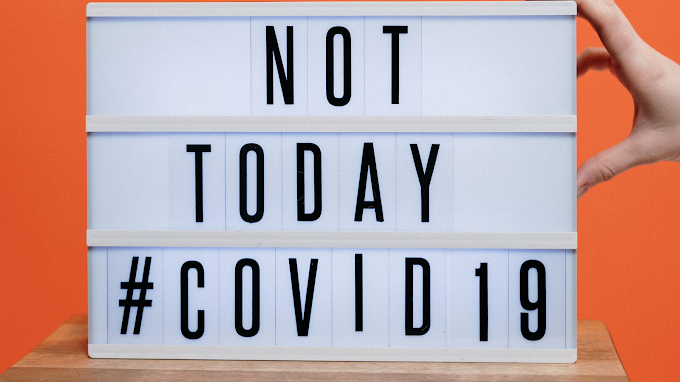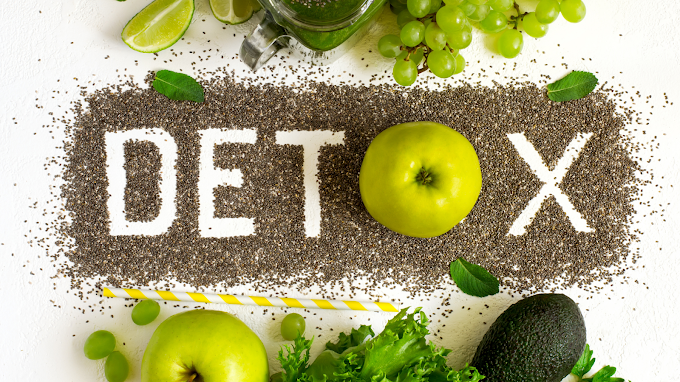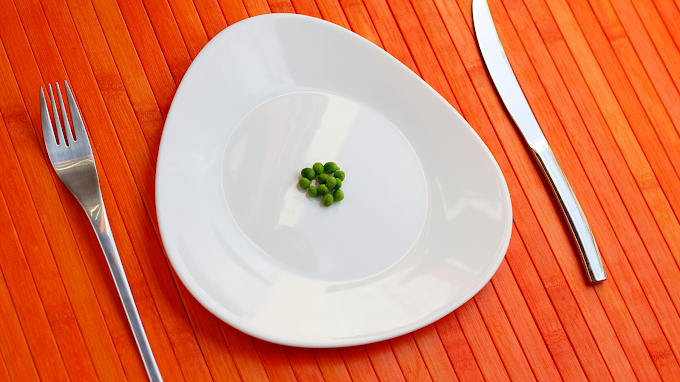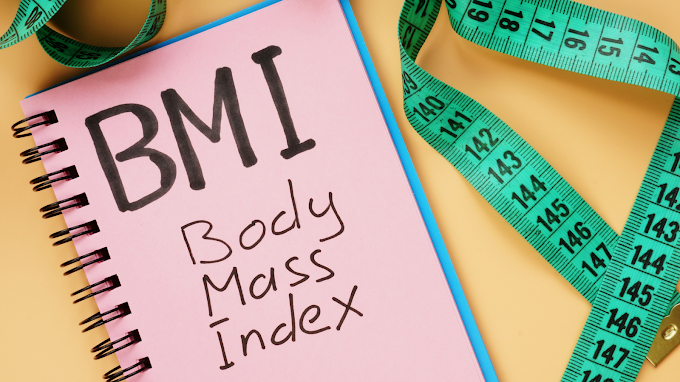A simple, step-by-step guide to stop guessing and start training with purpose
Before I became a personal trainer...Wayyy before I even fell in love with exercise, I didn’t always know what I was doing at the gym...
I remember walking in and feeling completely overwhelmed by the machines, the noise, the mirrors… and the girls in their matching Pink outfits (cause hello, Gymshark wasn't around yet) with perfect abs who looked like they’d been doing this forever.
Me? I just stuck to the treadmill or the elliptical, with my MTV Music videos and maybe used some bands I remembered from a trainer I had as a teen. It was random. Disorganized. I didn’t know what muscle I was working or why. I just hoped I didn’t look too lost.
Not long ago, I posted a video on my Instagram account about a small hack on how to use the machines at the gym, regardless of which one. But if you still feel confused, intimidated, unsure where to even start, I see you. And I want to help you build a plan that actually makes sense.
Here’s how to break it down step-by-step...
Step 1: Define your fitness goal (the first step to building your gym workout plan)
Are you trying to:- Feel more confident in your body?
- Build muscle?
- Get stronger?
- Lose fat?
- Just move and feel better?
For example:
- If your goal is fat loss, you’ll need to be in a calorie deficit. That happens mostly through food and habits, not from a special kind of workout. Training helps you keep muscle, feel strong, and stay consistent.
- If your goal is muscle gain, you’ll want to eat enough to support growth and recover well between sessions.
- If your goal is health or strength, consistency is key. Strength training 2–4 times a week is a great start.
Step 2: Choose how many days you can realistically train
Let’s be real... You don’t want to plan for 5 days a week if you’re barely making 2.
The key is consistency. So here’s a guide:
- 1–2 days/week → Full-body workouts. Hit all major muscle groups in each session.
- 3 days/week → Either 3 full-body sessions, or a push/lower/full-body split.
- 4 days/week → Upper/lower split, or push/pull/lower/upper.
- 5–6 days/week → Body part splits or more advanced periodization and recovery while you train other areas.
More days = more room to isolate muscle groups.
Fewer days = focus on efficiency.
Step 3: Focus on full-body movement — or just think: upper + lower + core
If you’ve ever felt overwhelmed trying to remember muscle names or which machine works what… you’re not alone. You don’t need to know anatomy to build a good workout.Some people like to think in movement patterns — like pushing, pulling, squatting — and others just find it easier to think in body parts (like legs, arms, back, core). Both work. What matters is that you cover the whole body over the week.
Here’s a beginner-friendly breakdown of movement patterns, in case you want to learn:
- Push (like push-ups or shoulder presses - great for chest and shoulders)
- Pull (like rows or pull-downs - great for back and biceps)
- Squat (like goblet squats or leg presses - hits your quads and glutes)
- Hinge (like deadlifts or bridges - targets glutes and hamstrings)
- Lunge (any step or split-leg move - challenges balance and legs)
- Core (planks, crunches, or anything that works your abs and stability)
- Carry (like farmer’s carries - trains grip, posture, and total-body control)
- One upper body movement
- One lower body movement
- One core or full-body movement
That’s a solid place to start, and you’ll naturally learn more as you go.
Step 4: Start simple - build full-body workouts first
If you’re not sure how to structure a workout, here’s an easy formula you can use 2–3x per week:
- 1 lower body push (squat variation)
- 1 upper body push (push-up or press)
- 1 lower body pull (hinge or deadlift variation)
- 1 upper body pull (row or pulldown)
- 1 core exercise
- Optional: 1 carry or finisher (sled, cardio, farmer’s walk)
Example:
- Goblet squats
- Dumbbell shoulder press
- Romanian deadlifts
- Dumbbell rows
- Plank hold
- Sled push or bike intervals
Repeat it with different variations to progress.
Step 5: Don’t stress too much about reps and sets at first
There’s a lot of talk online about the “best rep range” for fat loss or toning. Here’s the truth:
Fat loss happens through a calorie deficit, not from doing more reps with lighter weights.
Muscle is built with consistent resistance training and eating enough to support growth.
That said, here’s a general guide if you like numbers:
- For general strength & muscle gain: 3–4 sets of 8–12 reps
- If you're new to lifting: 2–3 sets of 10–15 reps is a good place to start
- If you want to get stronger over time: 3–5 sets of 4–8 reps with heavier weights and longer rest
But don’t get lost in the numbers. In the beginning, just pick a weight that feels challenging by the last few reps, but still allows you to keep good form. That’s enough to grow, improve, and feel better.
Step 6: Progress over time
Progress doesn’t mean doing completely different workouts every time.
It means:
- Lifting more weight
- Doing more reps or sets
- Resting less (if training endurance)
- Improving your form
- Recovering faster
Stick to a plan for 3–4 weeks, then tweak it. That’s how results happen.
Bonus: pair upper + lower body to save time
If you only have 30–45 minutes, you can pair movements to hit more in less time.
Try squats with shoulder presses, or lunges with rows. You’ll work your whole body, stay moving, and leave the gym feeling accomplished.
Still feel stuck?
You’re not lazy. You’re just overwhelmed, and that’s where having a coach (like me!) comes in.
I help people simplify the noise, build a plan they can stick to, and actually feel confident at the gym, without spending hours every day or living on chicken and broccoli.
Final thoughts
You don’t need to do it all. You don’t need to be perfect.
You just need a clear structure, a realistic plan, and the courage to start, even if you feel awkward or lost right now.
The confidence? That comes from showing up consistently ;)
And if you want help building your plan, you know where to find me. 💪












0 Comments